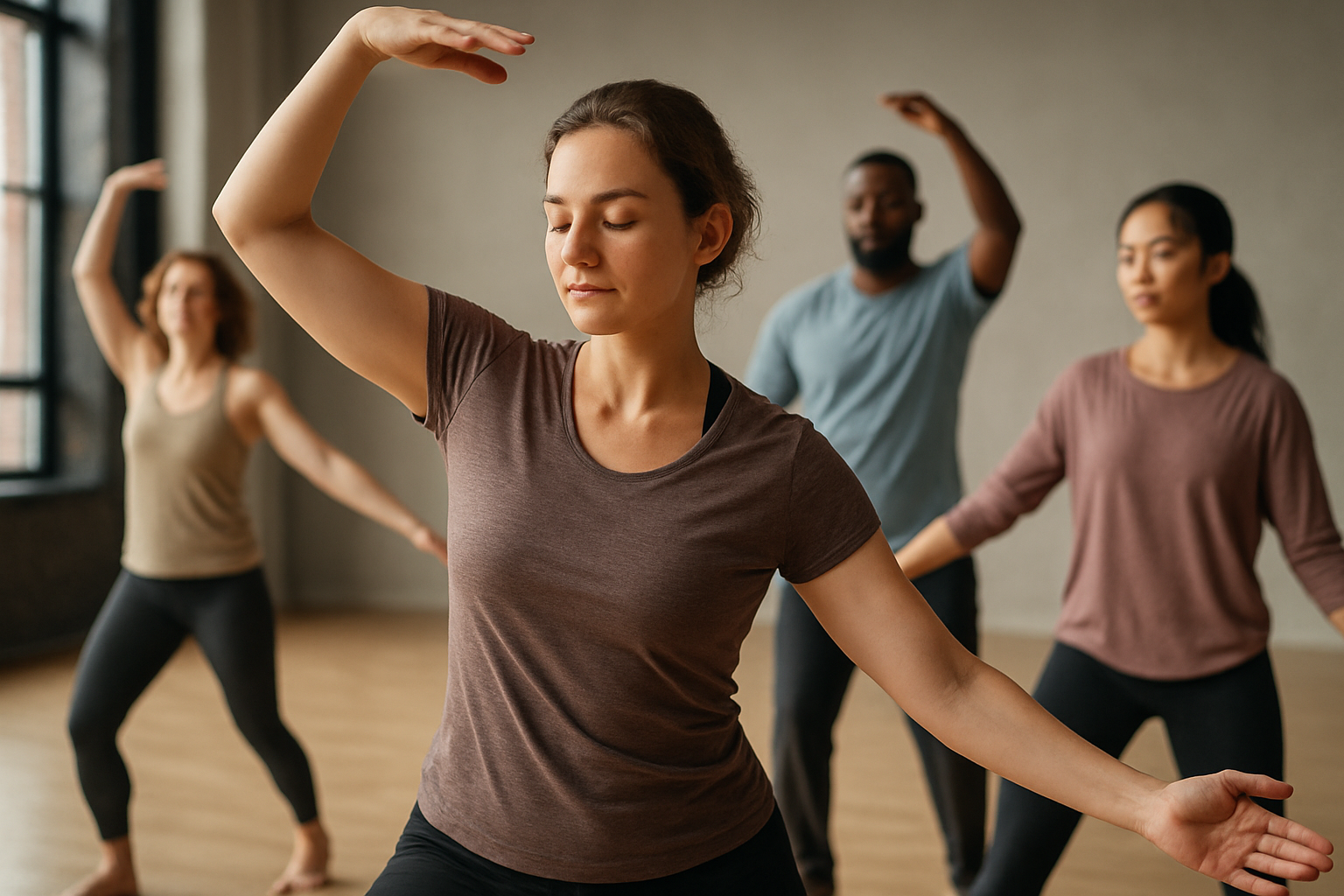Mindful Movement: The Power of Dance Therapy in Fitness and Wellness
In a world constantly seeking to optimize physical health and mental wellness, the ancient practice of dance therapy has reemerged, offering a unique approach to holistic fitness. This article delves into the historical context, current trends, benefits, and impact of dance therapy on the beauty and fitness industry.

A Step Back in Time: The Origins of Dance Therapy
Dance therapy, also known as movement therapy, finds its roots in the simple concept that motion and emotion are interconnected. Pioneered by Marian Chace in the early 20th century, this form of therapy uses movement to promote emotional, social, and physical growth. Recognizing the universal language of dance, Chace used it as a medium to communicate with patients who were otherwise unable or unwilling to express themselves.
Current Trends: Dance Therapy in the Modern World
Today, dance therapy is recognized as a distinct therapeutic discipline and is endorsed by the American Dance Therapy Association. It is used in a variety of settings including rehabilitation centers, schools, hospitals, and wellness studios, and is increasingly gaining popularity in mainstream fitness culture as well.
A growing trend is the incorporation of dance therapy into group fitness classes. By focusing on the holistic benefits of movement, these classes offer a refreshing departure from traditional, goal-oriented fitness methods. They put the emphasis on the process of movement and the experience of being in one’s body, rather than the end result.
The Benefits: More Than Just Physical Fitness
Dance therapy provides numerous benefits. Physically, it enhances body awareness, coordination, and cardiovascular health. However, its true potency lies in its impact on mental health. Dance therapy has been proven to reduce stress, improve self-confidence, and promote emotional resilience. It encourages self-expression, mindfulness, and emotional catharsis, making it a powerful tool for mental and emotional wellness.
The Market Relevance: Dance Therapy and the Fitness Industry
The fitness industry is constantly evolving to meet changing consumer needs and preferences. As mental health and wellness become increasingly prioritized, fitness practices like dance therapy that offer holistic benefits are gaining traction.
In 2019, the global dance fitness market was valued at $6.04 billion, and it is projected to reach $9.22 billion by 2026. This steady growth is a testament to the industry’s shift towards practices that foster overall wellbeing, rather than merely physical fitness.
The Impact: Dance Therapy and the Future of Fitness
The rise of dance therapy signals a more profound change in the fitness industry - a shift from an aesthetic-driven focus to a more holistic, wellness-oriented approach. This trend aligns with a broader societal shift towards mindfulness and self-care, and is expected to continue shaping the fitness industry in the future.
As the industry evolves, practices like dance therapy that celebrate the body’s natural movement and promote emotional wellness are expected to become increasingly mainstream. This shift towards holistic fitness is not just a passing trend, but rather a reflection of a deeper societal understanding of health and wellness.
In conclusion, dance therapy, with its roots in ancient wisdom and its relevance in the modern world, offers a unique perspective on fitness and wellness. By blending movement and emotion, it fosters physical health while promoting emotional wellbeing, making it a powerful tool in the quest for holistic fitness. As the fitness industry continues to evolve, dance therapy is expected to play an increasingly pivotal role, shaping the future of fitness and wellness.





